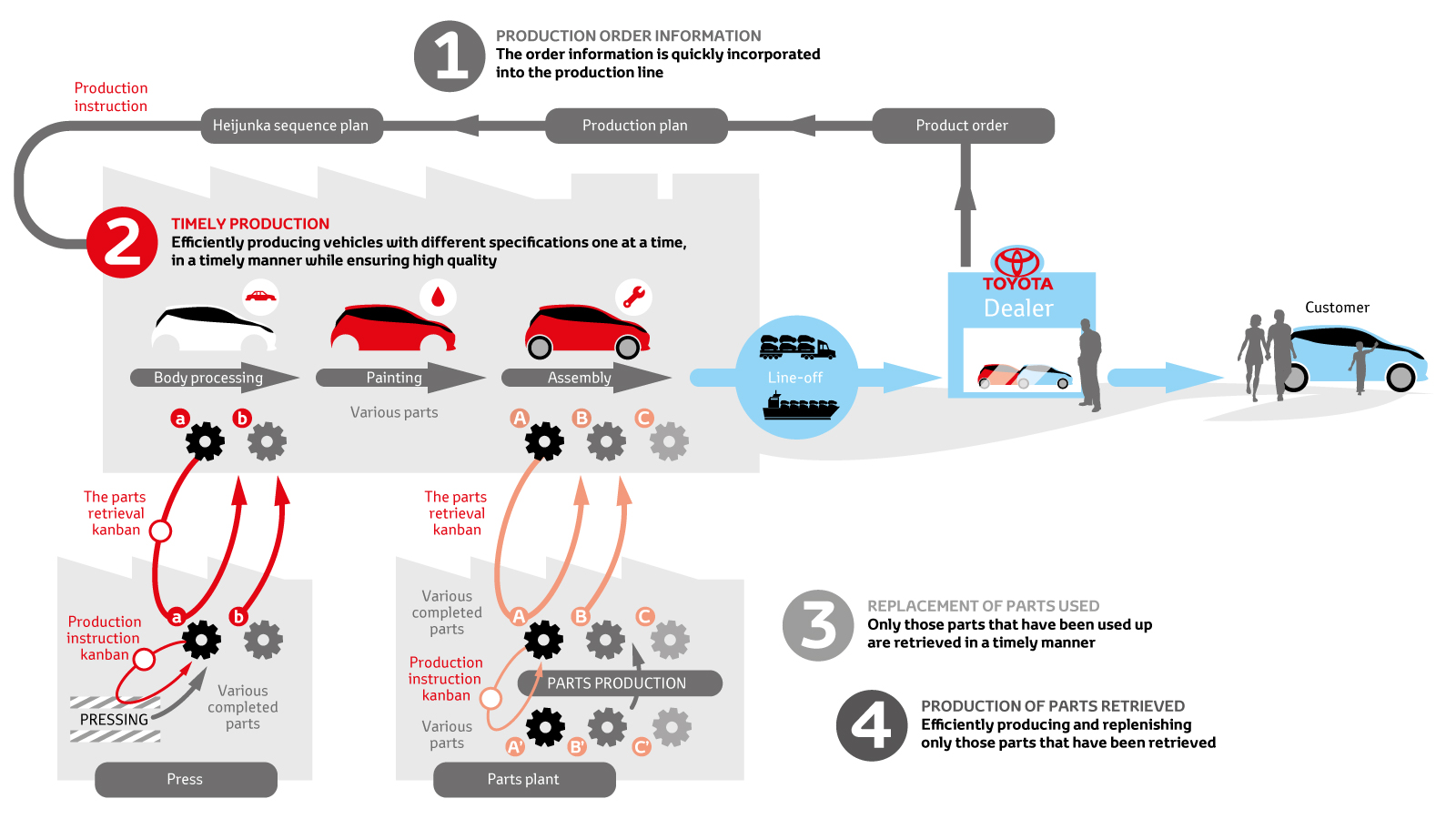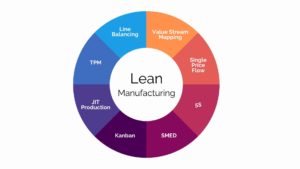Inventory management is a crucial part in any business in that it can make or break its overall condition. Stocking up on your products can allow you to meet the demands of your customers anytime they need them. But it will also require a bigger storage space and will run the risk of pilferage, theft, obsolescence or spoilage. These can entail huge costs for the business that can erase what could have been a big boost in sales.
There is no generic method of inventory management. Depending on the industry that your manufacturing business is in, you can adopt one from any of the different types of inventory management. One of the most common method is the JIT or Just In Time Manufacturing.
The Origins of JIT
Anyone with a vast knowledge on production and inventory management will know that JIT originated in Japan. Its adoption of this technique is often attributed to Japan’s economic situation post World War II when the country is picking up its industries to be rebuilt.
Japan was deficient in many ways after the war. It was cash-deficient that different industries cannot finance a a large production using even just a common method. The country too was space-deficient that made building bigger warehouses to accommodate larger production size, an impossible feat to take. The lack in space also meant that Japan is resource-deficient, or industries have to source for raw materials elsewhere as there are not that too many sources or suppliers. The country too was labor-deficient. Industries that are labor-intensive found it difficult to rebuild.
These lack in resources prompted industries to lean out their production processes and ensure little wastage. Their production and warehousing were small, housing only minimum levels of inventory. This method was later developed further and was brought to fame by Toyota Motors in the 1970’s.
Toyota Production System – a JIT principle
Toyota Motors’ adoption and further development of the JIT method made the automotive manufacturer as the benchmark when it comes to efficient production. The JIT method is now also known as the Toyota Production System or the lean manufacturing system that is being applied globally.
Toyota Production System is built on their principle of “Maximizing production efficiency by eliminating waste.” It is simply producing only what is needed, when it is needed. Therefore, what drives production is the demand of the customers. Production of the items is based on the actual orders.
In a nutshell, each stage of the whole process are timed and purchase of materials and supplies needed for a particular stage is done only at the time when they can be delivered exactly when they can be put in production. All resources therefore are delivered at exactly the right time when they are needed. Less to no inventory is kept in whatever stage of the production.

Source: Toyota website
Major Elements of JIT
JIT is seen as more than just a method or system. It is a management philosophy that touches not only inventory control but the entire production system of a company. There are three major elements of JIT that supports this philosophy:
- Just In Time Manufacturing
- Total Quality Management
- Respect for People
This is an inventory control strategy that sets purchase of raw materials from suppliers based on the production schedule. Hence, accurate forecast of demand is necessary.
This is an approach that employs continuous improvement in the processes and quality of the products to help increase customer satisfaction.
Everyone in the business must be involved in managing and improving production. Teamwork is emphasized here too as it can steer the business in the successful implementation of the JIT system.
Advantages and Disadvantages of JIT
The adoption of JIT globally will tell you that it has major advantages that can benefit a lot of businesses not just in Japan, where JIT was first implemented but also the rest of the world.
Advantages
Here are the advantages of using the JIT system:
- Reduced storage requirement
- Lesser waste
- Improve profitability
- More cash for necessary investments
- Lesser time spent on quality checking and reworking
- More attractive to investors
Under the JIT system, inventory levels are kept at minimum. Therefore, you do not need more space for storage.
As materials are acquired only when they are already needed or put into production, any risk of obsolescence, damage or spoilage the longer the time when materials are sitting in the warehouse, can be prevented.
As going lean is the name of the game in JIT, you will have a leaner manpower; savings on what could have been storage and insurance costs for your inventory; fewer resources than when going full-blown in production at forecast basis; and lesser waste. All of this would have a positive impact to your bottomline.
Keeping your inventory levels at a minimum would mean that less cash is tied up with your stock. This will allow you to invest your cash instead in projects that will generate for you more income.
Under the JIT philosophy, quality work is being upheld. Workers are to get the production right the first time.
A company using a JIT manufacturing technique is always perceived as highly-organized with efficient production systems. This will be more enticing for investors as profitable returns are projected. Capital infusion will then be likely and will allow the company to further grow and expand.
Disadvantages
- Little tolerance for mistakes
- Supplier dependent
- Delayed response to a surge of demand
The system requires skill and expertise to properly plan and implement the system. Forecast has to be very precise so that materials can be delivered at the exact time that they are needed.
The suppliers play a crucial role in the proper implementation of a JIT system as production is dependent on the exact time of delivery of the materials. Any mishaps or delays on the supplier’s delivery of materials can cause a major disruption in the production that will result also to the delay in the company’s delivery of the products to its customers.
There are no extra units being kept in inventory thus any unexpected surge in demand cannot be promptly addressed or taken advantage of.
More and more companies and industries adopt JIT

While it is true that the JIT system has its share of flaws, the fact that more and more companies adopt it somehow proves that the advantages far outweigh the disadvantages. Aside from Toyota, other companies such as Motorola, Apple, McDonalds, Zara, Harley Davidson, Dell and Uniqlo also use JIT. E-commerce too has found JIT applicable in managing purchases and inventory. Unless your products experience unpredictable surges in demands from time to time, the JIT might be applicable to you.
You might think that the system is too complex for small or start-up businesses. But learning it and implementing it can do wonders for your business in the long run especially since you will be able to minimize your cost and maximize your revenue-generating capability. If scaling and expanding is part of your business plan, then you might as well consider using JIT.


